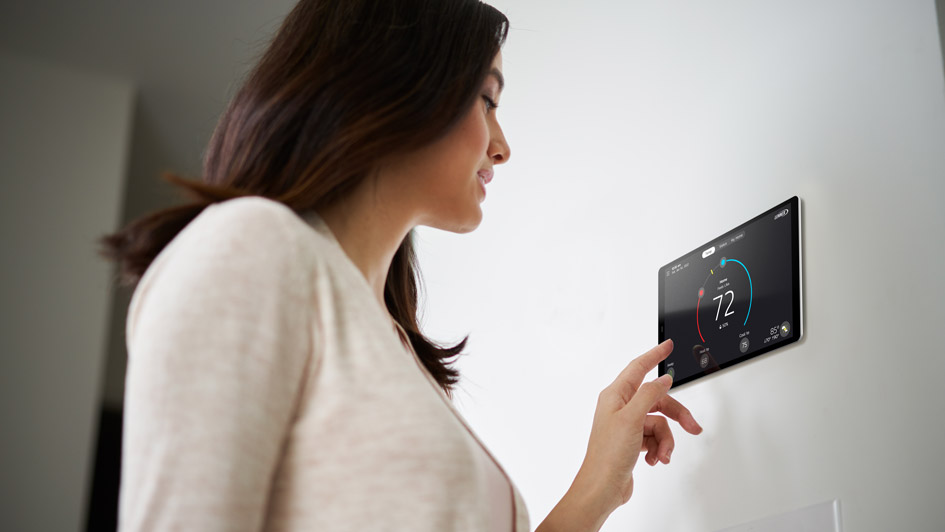
As the weather is cooling off, you may be thinking about how you’ll prepare your heating and cooling. After all, HVAC bills can add up to a significant portion of your monthly electric bill. To learn new ways to save, some homeowners look closer at their thermostat. Is there a setting they should use to boost efficiency?
The bulk of thermostats have a ‘Fan’ or ‘Fan On’ setting. But if the fan is on during a regular cycle, what will the fan setting provide for the HVAC system? This guide can help. We’ll walk through what exactly the fan setting is and whether you can use it to save money over the summer or winter.
Should I Use My Thermostat's Fan Setting?
For the bulk of thermostats, the fan setting means that the system's blower fan remains on. Certain furnaces will generate heat at a low level with this setting, but in most cases heating or cooling isn’t being generated. The ‘Auto’ setting, in contrast, will turn on the fan during a heating or cooling cycle and switch it off after the cycle is finished.
There are pros and cons to trying the fan setting on your thermostat, and the ideal option {will|can|should]] depend on your unique comfort preferences.
Advantages to switching to the Fan/On setting:
- You can keep the temperature in each room more balanced by allowing the fan to keep generating airflow.
- Indoor air quality can increase since constant airflow will keep forcing airborne contaminants through the air filter.
- A smaller number of start-stop cycles for the system's fan helps lengthen its life span. As the air handler is usually part of the furnace, this means you could prevent the need for furnace repair.
Drawbacks to switching to the Fan/On setting:
- A constant fan will likely raise your energy bills somewhat.
- Nonstop airflow may clog your air filter soon, increasing the frequency you’ll need to replace it.
{Choosing Between|Should My Thermostat Be on|Which Setting for My Thermostat? Fan or Auto in Summer/Winter
During the summer, warm air can persist in unfinished spaces including the attic or an attached garage. If you use the fan setting, your HVAC system might gradually move this warm air into the rest of your home, pushing the HVAC system to run longer to maintain the set temperature. In serious heat, this could lead to needing AC repair more regularly as wear and tear gets worse.
The opposite can take place in the winter. Cooler spaces such as a basement will hold onto cooler air, which can eventually flow into the rest of your home. Leaving the fan setting on may pull more cold air upward, increasing the amount of heating you need to stay warm.
If you’re still trying to determine if you should try the fan/on setting, remember that every home and family’s comfort needs are different. Leaving the HVAC system’s fan on might be best for you if:
Someone in your household has allergies. Allergies and other respiratory conditions can be hard on the family. Leaving the fan on can help to improve indoor air quality, helping your family breathe easier.
Your home has hot and cold spots. Lots of homes deal with stubborn hot and cold spots that quickly return to a temperature different from the rest of the house. The fan setting might help minimize these changes by consistently refreshing each room’s supply of air.
